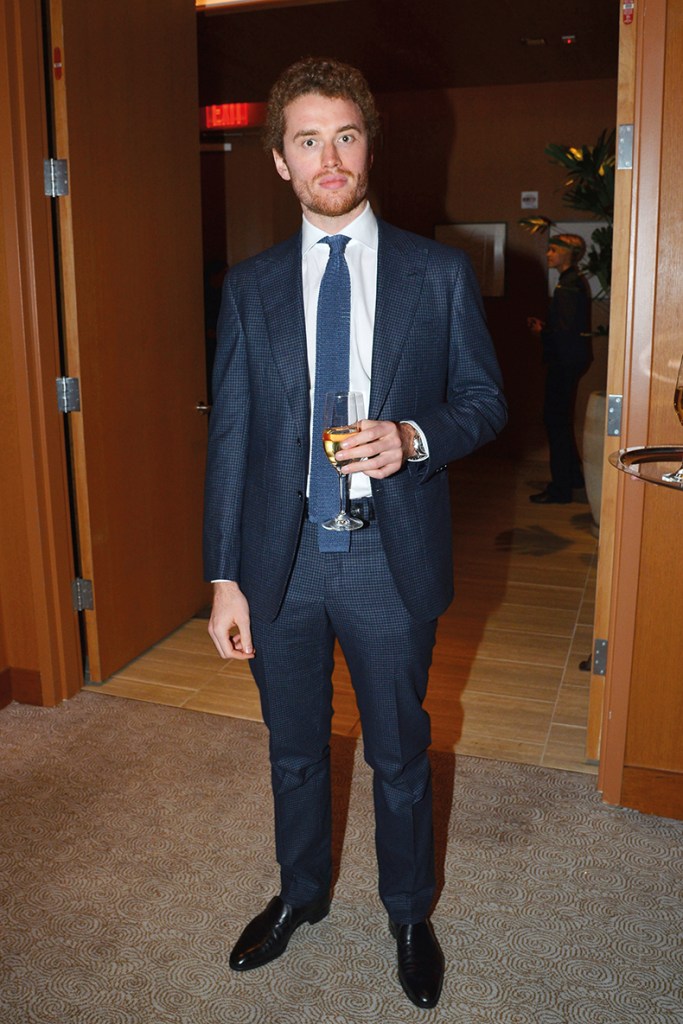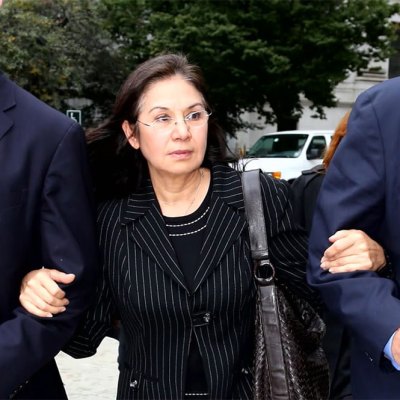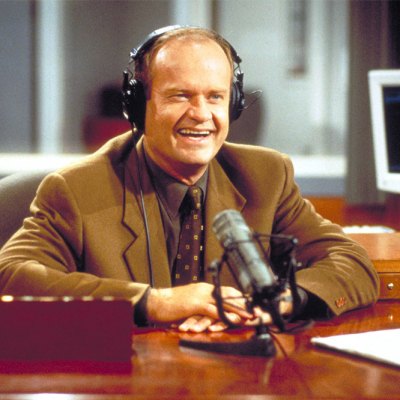This review of All That Glitters: A Story of Friendship, Fraud and Fine Art by Orlando Whitfield appears in the July/August 2024 issue of Apollo. Preview and subscribe here.
In late 2019 the wunderkind art dealer Inigo Philbrick went on the run to the South Pacific. He left a trail of falsified documents, a missing $86m, a baby daughter, a jilted ex and many works of art in a limbo of disputed ownership, such as Yayoi Kusama’s All the Eternal Love I Have for Pumpkins (2016).
And so he sat on a remote beach (as Jay Jopling had rather spookily always predicted he would, even to the point of nicknaming him BB: Beach Boy). From Vanuatu, Inigo made frequent calls to his longstanding friend and former colleague Orlando Whitfield.
When they met at Goldsmiths, two green art history students ‘with silly names’, they had hung out at 89 Great Russell Street, where Inigo lodged with the art critic Sacha Craddock. Orlando cherished their all-night conversations, which looped with the ‘rhizomatic structure of a large and splendid tree’.
But over the years since then, Inigo had become highly transactional – and, sure enough, the reason he was calling from his desert island was in the hope that Orlando would exonerate him in a book or article. Inigo was also, as ever, secretive, and would not reveal his whereabouts. When Inigo mentioned a typhoon, Orlando googled meteorological sites. And yet, despite knowing he was on the run, Orlando still believed in him, still hoped to collaborate with him on a book which would show – he said in a recent interview – that Inigo was just ‘a young man in over his head’.
As undergraduates they had set up as ‘I & O’ art dealers and tried to bribe a night porter to let them snatch a pair of doors on which Banksy had graffitied a rat. Another time they failed to bulldoze a Banksy off a wall.
They had more luck selling a Paula Rego watercolour in Portugal, though Inigo was quick to assert his dominance in the deal. While Orlando floundered post-graduation, Inigo – who had already got himself a place on White Cube’s artist acquisitions committee – rose meteorically. He was ‘obsessed’ with quantitative analysis of the art market and held strong convictions about art. (His judgement wasn’t bad; it was his morals that were the problem.) When Jay Jopling put on a lurid video art piece by Marco Brambilla, Inigo could not stop laughing. ‘Literally so hard that I fall out of my chair. And Jay says, “That’s enough, Inigo.” But I can’t stop laughing.’ He thought he was going to be let go from White Cube, but he was offered a promotion.
By the time he was 23, Inigo was the star dealer at Jopling’s Modern Collections. He wore Loro Piana shoes and had a driver and a showroom on Mount Street. A casual drink with him meant Dom Pérignon (£295) and Ibérico ham (£42 per plate) at the Connaught. Orlando, also by now a dealer, tried to play him, getting him to buy an overpriced Christopher Wool, but Inigo’s $50,000 down payment took so long to arrive – a whole month – that Orlando’s nerves were shredded. Inigo had asserted his dominance once again, even though he eventually sold the Wool at a loss. In retrospect, it was a sign that Inigo was out of control.
The art dealer Inigo Philbrick attending a dinner in New York in 2016. Photo: Patrick McMullan via Getty Images

Orlando likens himself to Nick Carraway and Inigo to Jay Gatsby. But Gatsby’s business dealings always remained mysterious, while in this age of information, Orlando was able to scour Inigo’s emails and court documents. Putting them together in ‘a jigsaw big enough to cover a football pitch’ Orlando eventually realised the shocking extent of his friend’s lies. He decided to write this book without any further collaboration with Inigo.
When he needed a buyer, Inigo invented one. He called him ‘Martin Herrero’ and made him Argentine, presumably a dig at Jopling’s father’s role in the Falklands war. He made Jopling sign an NDA with Martin Herrero – ‘which takes a certain kind of gumption’. Eventually ‘Martin’ owed Jopling $1.9m. This was the way Inigo served his mentor.
Philbrick paid amateurs to ‘restore’ a Rudolf Stingel Plan B gold painting that the artist himself had declared destroyed; he tried to interest a hopeful young dealer in a Donald Judd he had already sold and mortgaged. The double crossing became slapstick. ‘So how do you make the same painting be in two different warehouses at the same time? Simple: you place a blank canvas of the appropriate dimensions into a crate and send it to the warehouse where the new owner is expecting to take delivery.’ In the longueurs between cheating people, Inigo did Pilates and drank gin gimlets.
Another Stingel was his undoing: a barren, paint-by-numbers photorealist greyscale of a smirking Picasso. Christie’s sent the painting on a whistlestop tour to drum up interest: Los Angeles, San Diego, London, Hong Kong. A previous greyscale by Stingel had sold for $10.5m in 2017, but Inigo could feel the market plateau. He persuaded the owner to let it go to auction by showing them a falsified guarantee for $9m from Christie’s. He even lined up a fake bidder to raise the price.
Orlando says that Inigo’s predicament at this point reminded him of the video piece Six Colourful Inside Jobs (1977), by John Baldessari, in which the artist ‘is filmed from above as, over six days, he paints and repaints a room proceeding through the colour spectrum, finally painting himself into the corner before exiting through a hidden door. If it came off, the auction would be Inigo’s hidden door.’
Catastrophically, the Stingel went for peanuts (okay, $5.5m). Inigo’s game was up. Whitfield tells the story vividly, winning our trust. He is clearly thoughtful and principled. He has a great ear for dialogue and rarely overwrites. Still, questions remain. If an old friend were to land in prison, would you keep omertà? Or would you write a sharply observed memoir, building up their glamour while not holding back on their character failings over the years? If so, would it be a betrayal – or a valuable exercise in truth-telling? This is the latter, I think.
‘To write about a friendship is to mourn its loss,’ Whitfield reflects. This memoir is suffused with sadness, but it also steams with the satisfaction of the quiet one, whom the world had written off as the loser of the two, having the final word.
All That Glitters: A Story of Friendship, Fraud and Fine Art by Orlando Whitfield is published by Profile Books.
From the July/August 2024 issue of Apollo. Preview and subscribe here.



